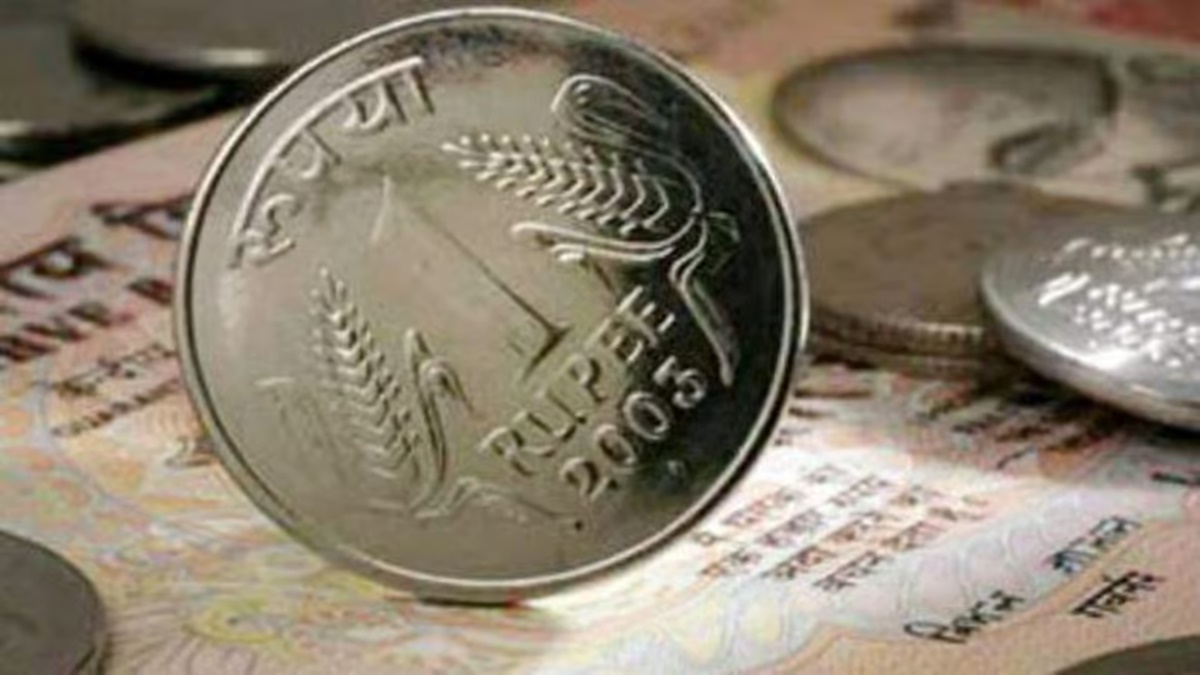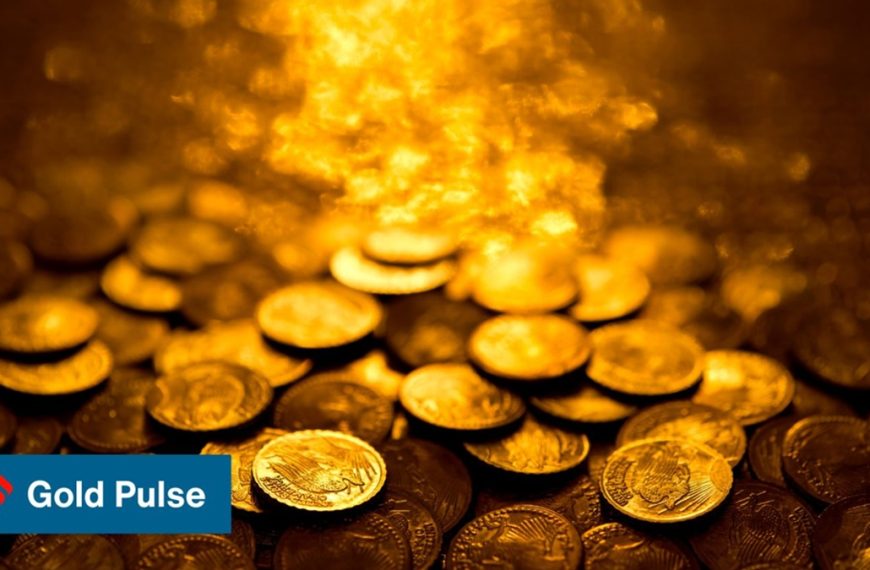On Thursday, the Indian rupee experienced a notable surge, reaching a two-month peak of 86.185 against the US dollar, thanks to a weakening dollar and rising domestic stock markets. This remarkable uptick marked the rupee’s fifth consecutive day of gains, establishing its longest winning streak in nearly five months. Over the last week, the rupee has appreciated by 85 paise, or 0.97%, emerging as the leading currency performer in Asia.
Factors Behind the Rupee’s Rise
The recent strength of the rupee can be attributed to several key factors:
- Dollar Weakness: The US dollar has taken a hit, allowing the rupee to regain lost ground. Anindya Banerjee, head of currency and commodity research at Kotak Securities, remarked that the rupee is essentially “playing catch-up” with the dollar.
- Bond Market Inflows: Positive movements in the bond market have also contributed to the rupee’s gain, alongside encouraging economic indicators and decreasing crude oil prices.
Current Market Dynamics
As of Thursday, the rupee closed at 86.3675, a significant improvement from 86.4413 the previous day, representing the highest single-day increase since January 24. The US dollar index, which measures the dollar’s strength against six major currencies, is currently near its lowest point this year, hovering around 103.38.
Madhavankutty G, chief economist at Canara Bank, noted that the dollar index has significantly weakened since the tenure of former President Donald Trump, who faced challenges such as fluctuating US treasury yields and trade tensions. He predicts that the index will remain range-bound between 103-103.5 amidst looming stagflation concerns.
Rupee Performance Compared to Asian Peers
In the last five days, the rupee has outperformed its Asian counterparts, appreciating by 0.97%. Other currencies, like the Thai baht (0.47%), the Philippine peso (0.26%), and the Malaysian ringgit (0.06%), also saw gains, while several currencies, including the South Korean won and Chinese renminbi, faced depreciation.
Economic Outlook and Investor Sentiment
The dollar’s decline is largely driven by fears of a potential US economic slowdown. Recently, the Federal Reserve reduced its 2025 GDP projections while simultaneously raising inflation expectations. Concerns regarding tariff policies have also shaken investor confidence in the US economy and its currency.
The rupee’s recent rally marks a striking turnaround, especially after facing considerable pressure until mid-February due to equity outflows and slowing domestic growth. In February 2025, the rupee depreciated by 0.9% month-on-month, primarily due to substantial foreign portfolio investor (FPI) outflows. To support the rupee, the Reserve Bank of India (RBI) has been active in the foreign exchange market, selling a net of $11.14 billion in January and $15.15 billion in December.
This impressive performance showcases the rupee’s resilience and adaptability in a challenging global economic landscape. As investors and economists closely monitor these developments, the future trajectory of the rupee remains a topic of significant interest.











